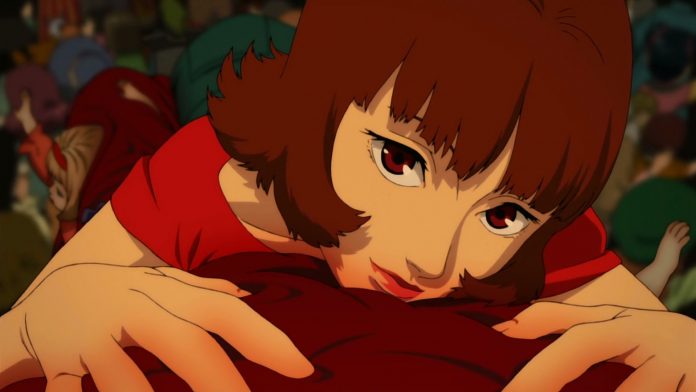Imagine you and a friend put on a small headset and then drift off to sleep. Then upon falling asleep, your friend enters your dream as if it was their own. In the film Paprika, this was made possible with the device called “the DC Mini.” However, the device was stolen before it could be completed. While in the hands of a terrorist, it’s used to warp reality in its entirety. Dreams began eating other dreams and joining together to create a huge delusion called “the parade.” It was no longer just one person’s dream, but rather a collection of the unconscious. The parade sucked in more and more dreamers to become an unstoppable force.
When you dream, is your avatar exactly you or a simple representation of yourself? In Paprika, when the characters are dreaming, they are represented by specific elements of their personalities. In order to combat the parade, Dr. Atsuko Chiba transforms herself into the dream detective “Paprika.”
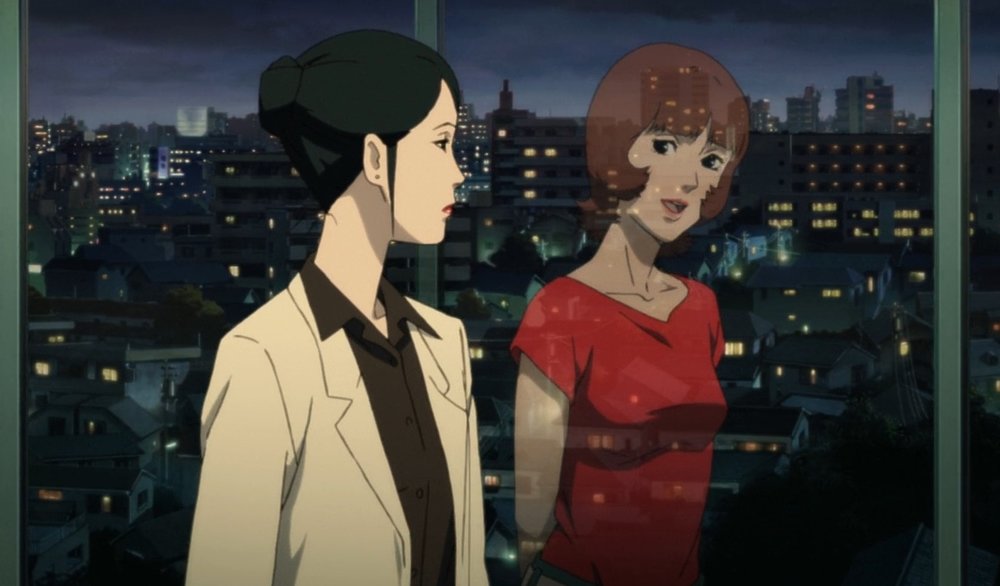
Spicy Paprika, and Doctor Chiba
Being the two main characters of the film, Paprika is considered Chiba’s alter-ego, or the representation of her ideal self. However, rather than Paprika being split-off from Chiba’s personality, their opposing nature could actually be because they are different parts of the same person. After all, the dream world isn’t that different from our own. Unlike the “bubbly” personality of Paprika, Chiba is reserved. She struggles to portray herself as anything other than a formal business woman, putting appearances before her emotions, and relationships. Once dreams begin to collide into reality, Chiba and Paprika meet face-to-face for the first time. As the parade threatens humanity, Paprika tries to encourage Chiba to be true to herself, by expressing disdain for Chiba’s emotional dishonesty.
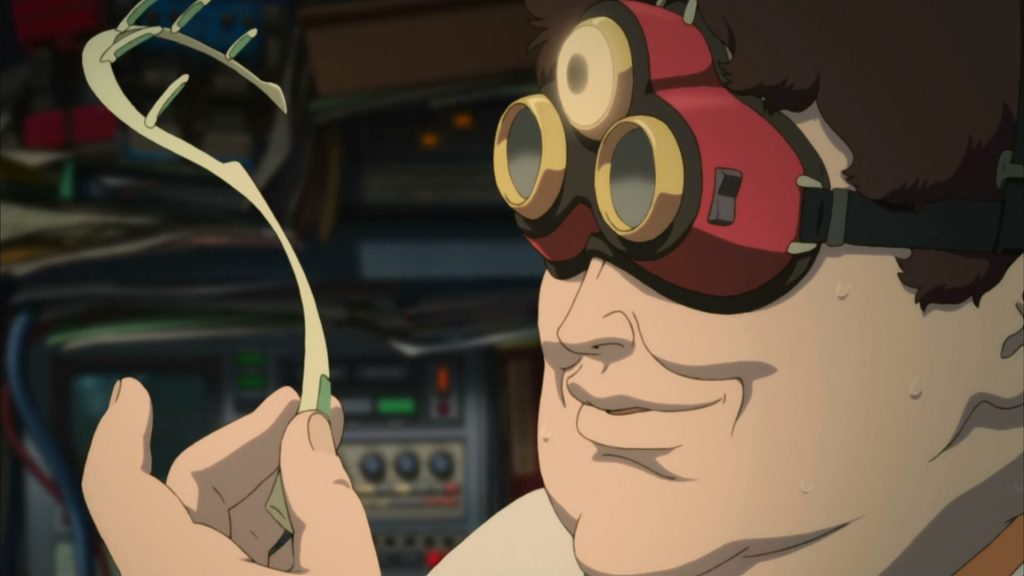
Big plots, with minor characters
The DC Mini was intended to be used for further therapy in psychiatry, specifically by allowing a therapist to enter their patient’s dreams. One such patient is Detective Toshimi Konakawa, who is haunted by a recurring nightmare. Paprika takes him on as a client, and counsels him for his nightmare.
Tokita, a child-like genius, got the idea to create the DC Mini from the desire to share his dreams with his close friend Himuro. However, Himuro is slowly driven insane by over-use of the DC Mini, leading him to betray Tokita, and perhaps even help the terrorist who stole the DC Mini.
Opposed to the very creation of the DC Mini, the Chairman believed psychiatry should be text-book, and by the rules. That technology never should have been used to venture into the dark parts of the human consciousness.
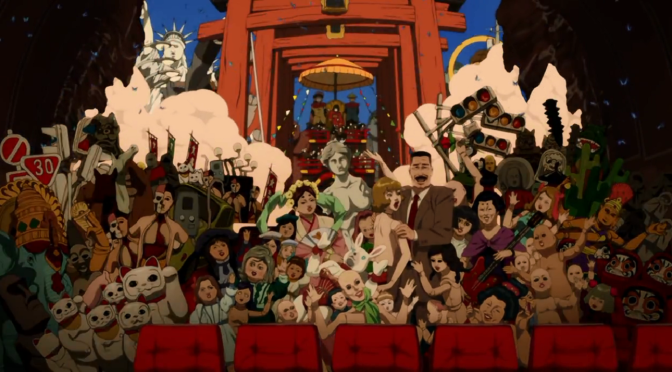
Paprika, the visual experience
The vision for the original novel was to incorporate entertainment and psychoanalysis. The author, Yasutaka Tsutsui, used his real dreams for inspiration. He makes an appearance in the film, as the voice of Kuga, played along side director Satoshi Kon, who voices Jinnai, emerging as virtual bartenders. Compared to his other works, Paprika has a cleaner and high definition art style. There’s the use of CGI, mainly dispersed with the parade animations, however this doesn’t affect the quality of the film.
Audio break-down
Paprika is a surreal film with vivid dreamscapes, and who better to capture surrealism in music than Susumu Hirasawa, who is known for his work in Berserk. Paprika’s theme, “Girl in the Byakkoya,” is indisputably the most memorable track. The theme for the parade being a close second. Throughout the entire soundtrack, synthetic instruments are used, and they mirror the chaotic dream-state of the world. The audio alone draws the viewer in, and you can really get a sense of how the parade engulfs the characters, and corrupts the universe.
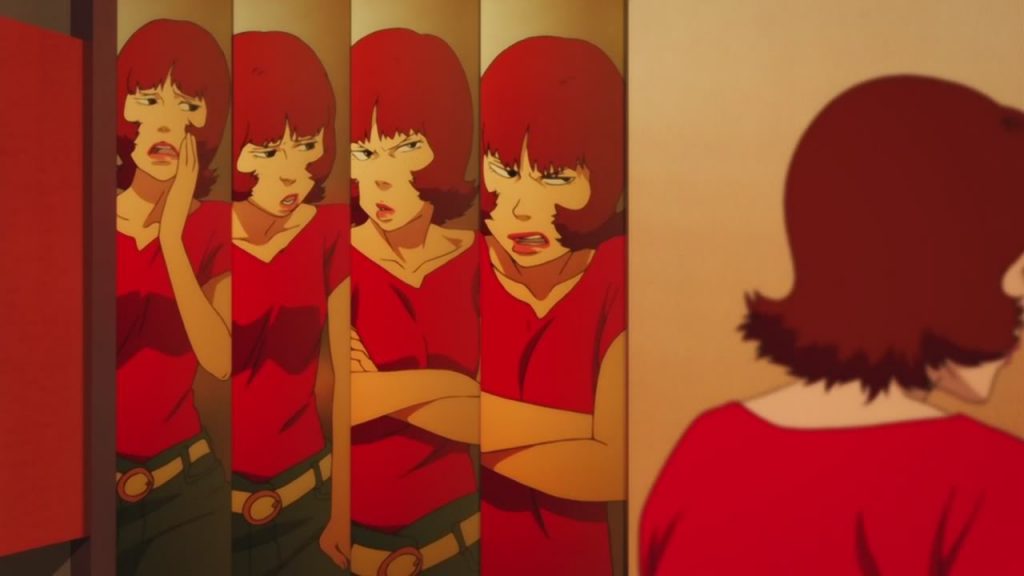
Stop dreaming, and watch Paprika
Paprika appeals to those who enjoy crime, mystery, sci-fi, and thriller genres. It will leave you contemplating just how fragile the border between dreams and reality actually is, and the depth and poetry in the dialog are sure to catch your attention, along with the vivid imagery. Paprika is your dreams come to life.
Studio: MADHOUSE
Release Date: September 2, 2006
Rating: R
Director: Satoshi Kon
Screenplay: Seishi Minakami, Satoshi Kon
Music: Susumu Hirasawa
Original Story: Yasutaka Tsutsui


